About Tainan City (台南市)
Tainan is the oldest city in Taiwan. It was the site of the main Dutch colony on the island, and after their defeat it became the country’s first capital under Chinese supervision. It was the capital of the island from 1662 until 1887 when the capital made a brief appearance in Taichung before settling in Taipei. The Japanese did a lot of urban planning and restructuring of the city in the early part of the 20th century, but since then, the city has become more of a historic tourist destination than a cosmopolitan hub.
At first glimpse, many people are a little disappointed when the see Tainan. It’s reputation of being the Kyoto of Taiwan feeds a lot of romantic images of a bygone era. Most buildings in Tainan are anything but historic and many streets are the same 7-eleven-filled streets found anywhere on the island. But after visiting a few temples and wandering down a few winding alleys, most people are really taken by the city’s charms. It really is a culture-rich and traditional city, and rarely a week goes by without some special religious celebration or parade.
Tainan is known for its history, temples, traditional lifestyles and traditional snack food. It sees a lot of domestic tourism around holiday times, but not much international tourism. By some accounts, there are over 500 Buddhist and Taoist temples within city limits. Many of these are among the oldest and most important in the country. Tainan has eight first class National Historic Sites, eight second class, thirty-seven third class, and numerous “city class” protected heritage sites.
Tainan has a population of about three-quarters of a million people, making it the fourth largest city in Taiwan. The downtown area is fairly dense, but it spreads out into low-rise sprawl very quickly. Sky-rise apartments of around 14 stories are popping up everywhere, but throughout much of the city the buildings are between two and five stories. By Asian standards it is a small city and has a small-town feel to it. People from Taipei refer to it as the countryside.
The city is completely flat and much of it is below sea level. It is a coastal city, but the main areas of the city are inland. In the early years, settlements developed on both an island that is now Anping, and in what is now the historic areas of downtown Tainan. The older parts of downtown were once along a harbor, but steady silting filled in that area and now Anping is no longer an island. Much of the silted land has become a rich ecological area and has been designated a protected national park.
Tainan is south of the Tropic of Cancer. Like most of Taiwan, it has a subtropical climate, but Tainan borders on a tropical wet-dry sub-climate. It enjoys a mild and dry climate in the winter. December and January are particularly free of rain, and blue skies can last for weeks throughout the winter. November, December, March and April are usually the most pleasant months for most people. Temperatures in January and February can sometimes dip down below 10°C (50°F) for a few days (which feels colder than it sounds due to humidity), though there can just as easily be daytime highs around 25°C (77°F). Jackets and sweaters are necessary for cooler days and nights. Summers can be insufferably hot and humid. The heat cranks up to the thirties (90-100°F – which feels hotter than it sounds due to humidity) around mid-May and stays there until mid-October. The summer is also the wet season and rains are more frequent. Typhoon season is also at this time. Typhoons usually occur between June and November, with the highest number of weather watches coming in August and September.
Public transportation in the city is lacking, and most people drive scooters to get around. There is a bus system, but it is under-used and infrequent. Taxis are available and affordable, but you can only be guaranteed of flagging one in the busiest parts of the city. Scooters and motorcycles are the best way to get around as they whip through traffic and narrow lanes with greater ease than cars. You can also park them both more readily and free of charge. Bicycles are good in winter, but you may get sweatier than you’d wish in the summer months. Helmet laws are enforced for scooters and motorcycles, but not bicycles.
Many foreigners find Tainan to be a very appealing place to live and there is a well-developed expat community. The nightlife is not big-city, but expat bars can be very friendly and welcoming. Generally, most locals are also very welcoming of foreigners. While many people will go out of their way to help you if you need it, foreigners are very common and it is unlikely you’ll be stared at or doted upon. The government is trying to make the city more international, but there are still not a lot of bilingual signs around. Learning at least some Chinese will make getting around a lot easier. While many young people have learned English in school, spoken English is not widespread. Not many taxi-drivers, restaurant staff, or shop owners will be able to speak much English. Some of the older people don’t even speak intelligible Mandarin, as they prefer Taiwanese.
Whether you are visiting or living in Tainan, take time to soak up the relaxing vibe and explore the numerous hidden treats that exist all over the city. If you really get in touch with the city’s history, its culture, and its friendly people, you may never want to leave.
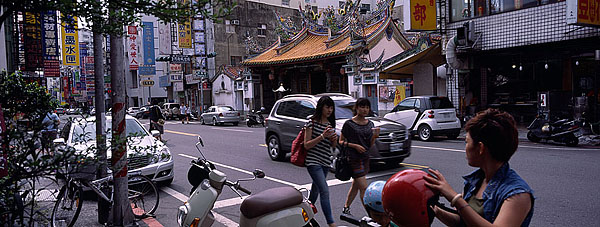
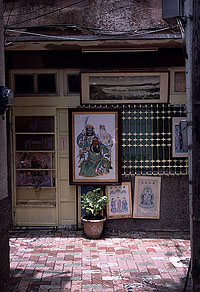
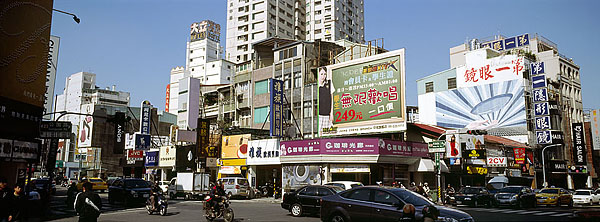
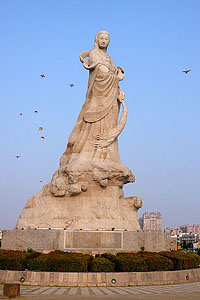
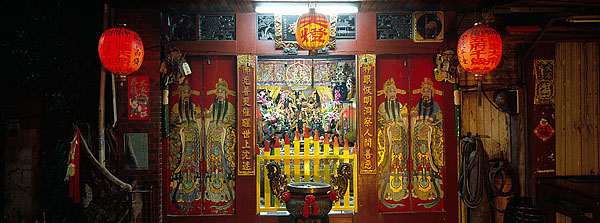
沒有留言:
張貼留言